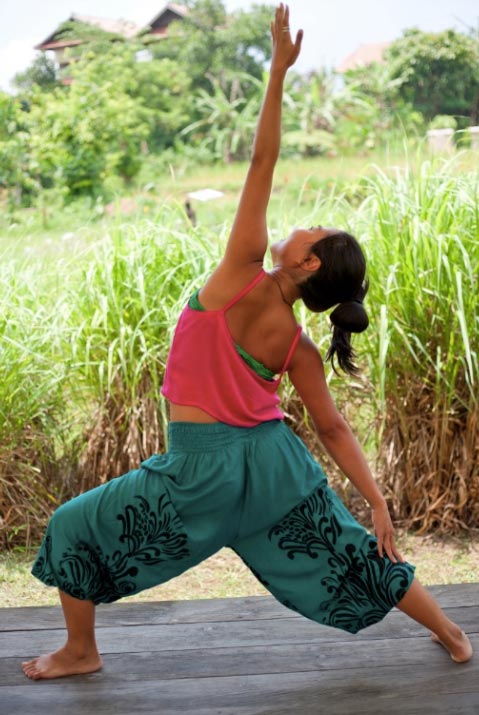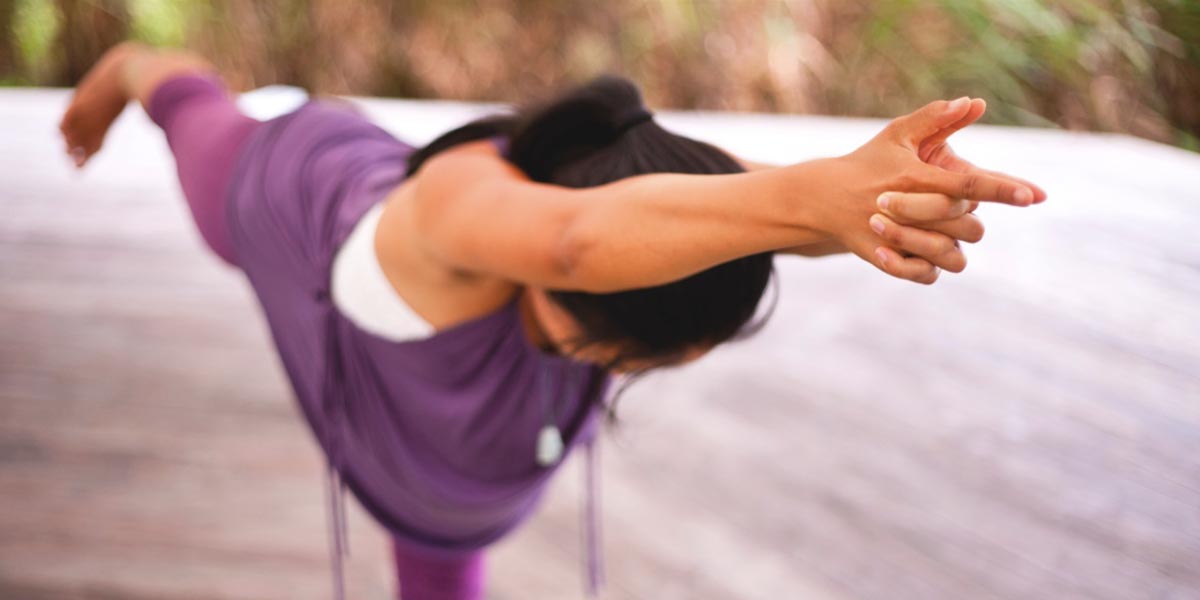Hello Yoga: Styles & Traditions for who, what, when, where?
 By our yoga practitioners and mentors
By our yoga practitioners and mentors
Yoga styles and traditions hold ancient philosophies and energies. Different strokes for different folks, now that yoga is practiced and embraced around the world.
What’s your flavor of choice?
Hatha Yoga: a combination of all Yoga styles a general and complete system, with the intention of ‘self-realisation’ and connecting with the divine. It incorporates:
- Asanas (postures)
- Pranayama (regulated breathing)
- Dharana and Dhyana (focus and meditation)
- The Sun Salutation Series embraces ‘flowing’ movements. The poses are often taught individually, without a consecutive set structure, with the ideal approach to practice in a calm, meditative mood.
Ashtanga Yoga: physically demanding, involving synchronized breathing with progressive, consecutive, and continuous series of postures. The result is improved circulation, flexibility, stamina, a light and strong body, and a calm mind. Although traditional, Ashtanga is an ‘athletic’ yoga practice often suited for more intermediate or advanced yoga practitioners.
Iyengar Yoga: focuses on precise physical alignment. It promotes strength, flexibility, endurance, and balance through coordinated breathing and poses. The poses are generally held longer than in other styles of Yoga. It is known for its slow pace and use of props, such as cushions, blankets, straps, and blocks, helping to enjoy the postures even with reduced mobility or injuries.
Kundalini Yoga: focuses more on more energetic aspects, concentrating on awakening the energy at the base of the spine and drawing it upward, enabling an awakening into higher consciousness. In addition to physical postures, chanting, meditation, and breathing exercises are often included.
Restorative Yoga: allows muscles and tissue to passively rest and relax, by spending long periods lying on props of blocks, blankets and bolsters. This allows a practice for those recovering from injuries or operations.
Sivananda Yoga: part of the tradition of classical Hatha Yoga, where postures follow a traditional sequence that do not differ dramatically between classes and includes breathing, diet, chanting, scriptural study, and meditation, to promote a whole healthy Yogic lifestyle both on and off the Yoga mat.
Vinyasa Flow: focuses on coordination of breath and movement. In contrast to ‘classical Hatha Yoga’, it can more physically active with a varied pace and range of integrated positions.
Yin Yoga: directs the stimulation created by the asana into areas deeper than muscular tissues; the joints and bones, connective tissues of the ligaments, fascia, rather than the muscles. Positions tend to be passive and are held for relatively long periods from five and twenty minutes.




